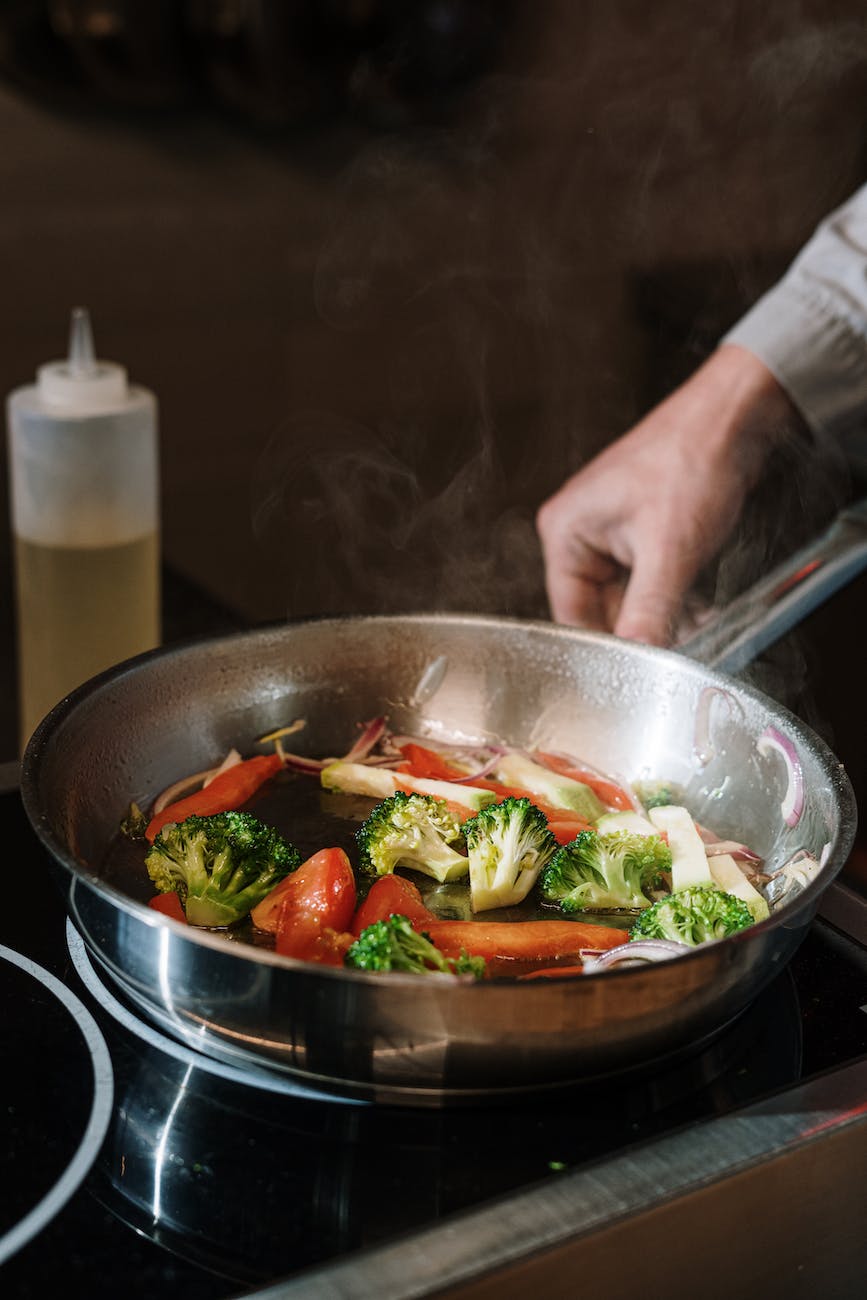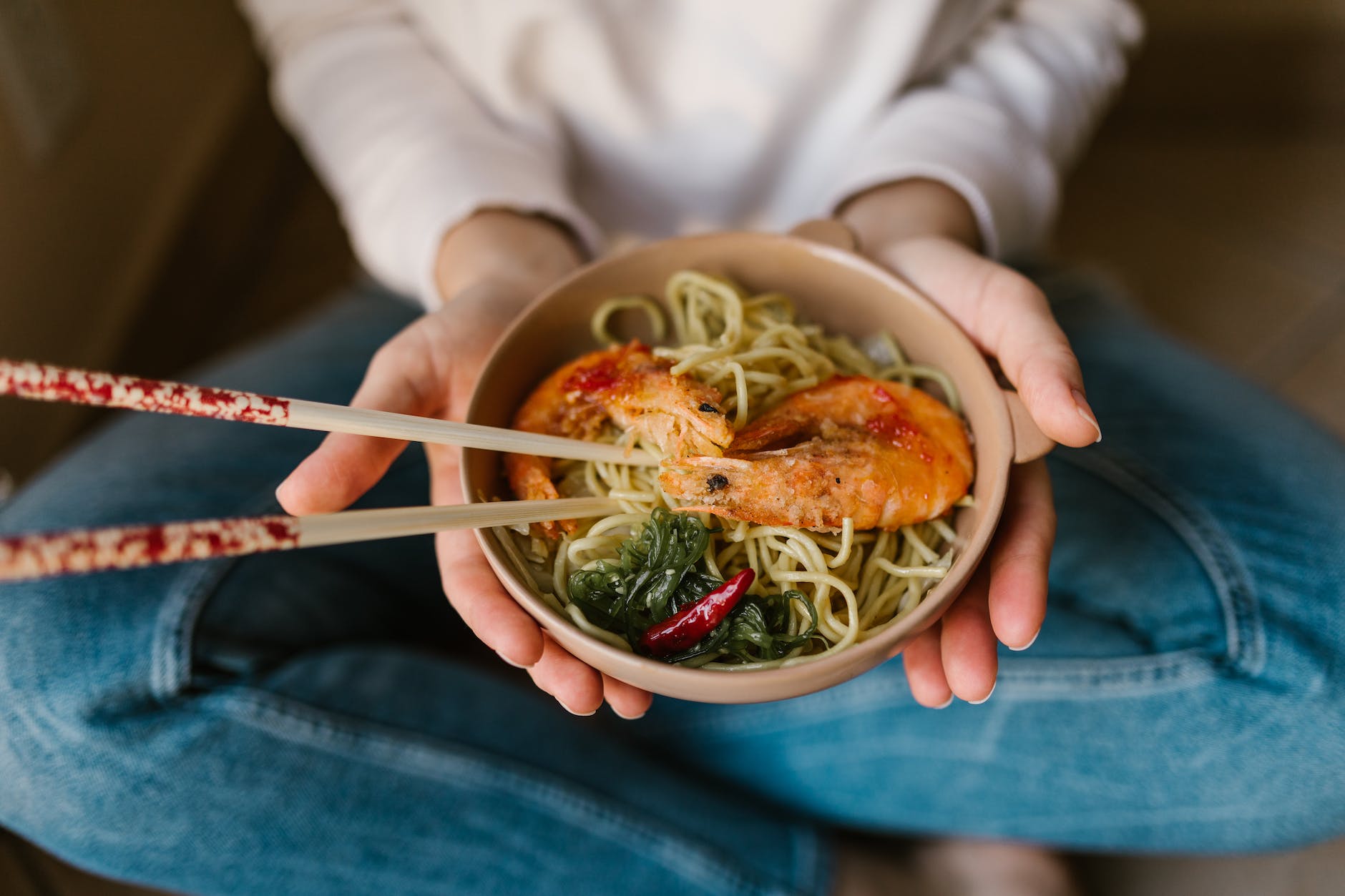Latest blog articles
-

Carbon & Cast Iron Pan
Historically, cast iron cookware is used in the Europe since middle ages and still sought for, especially with induction.
-

Leidenfrost Effect
In order to get food sticking less to the surface is to achieve Leidenfrost effect, getting pan to the correct temperature.
-

Stainless Steel Pan
There can be multiple types of the stainless steel pan. They come in various thickness and with different metal cores.
